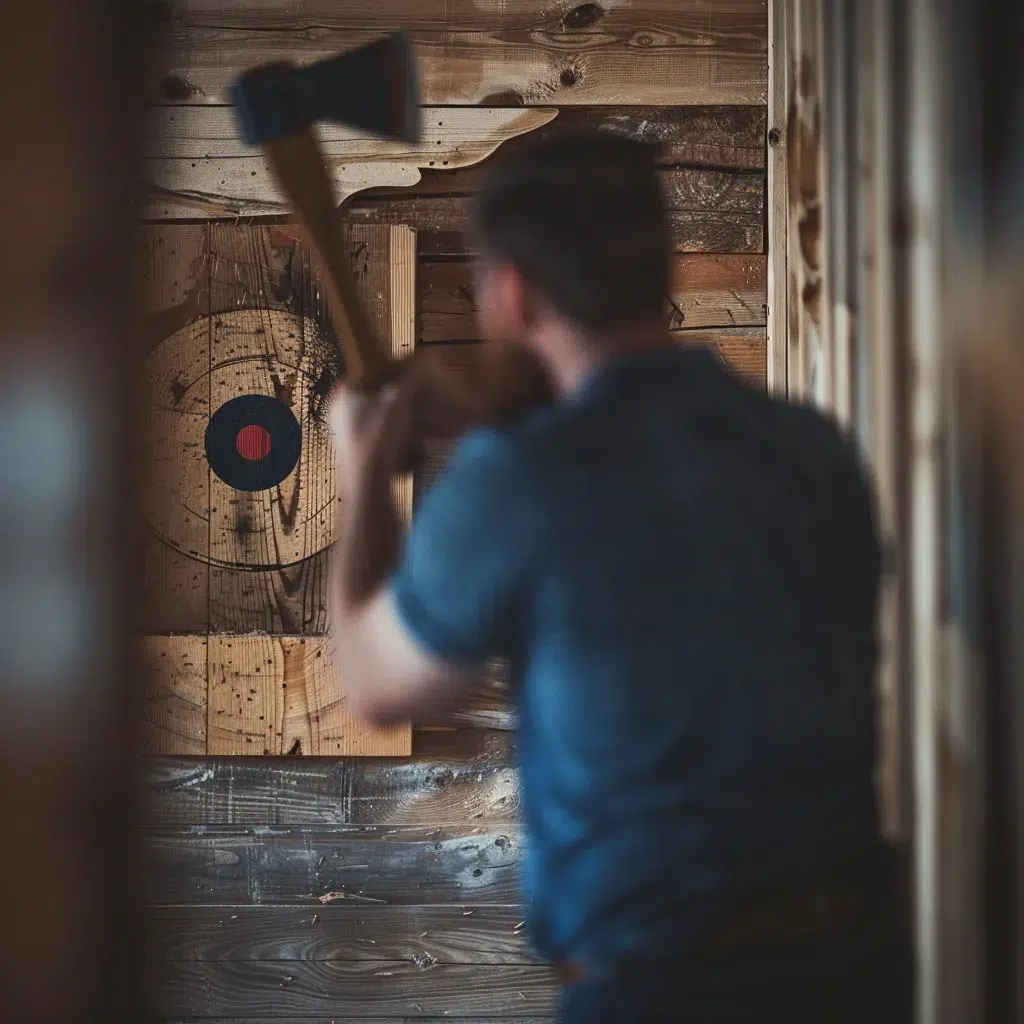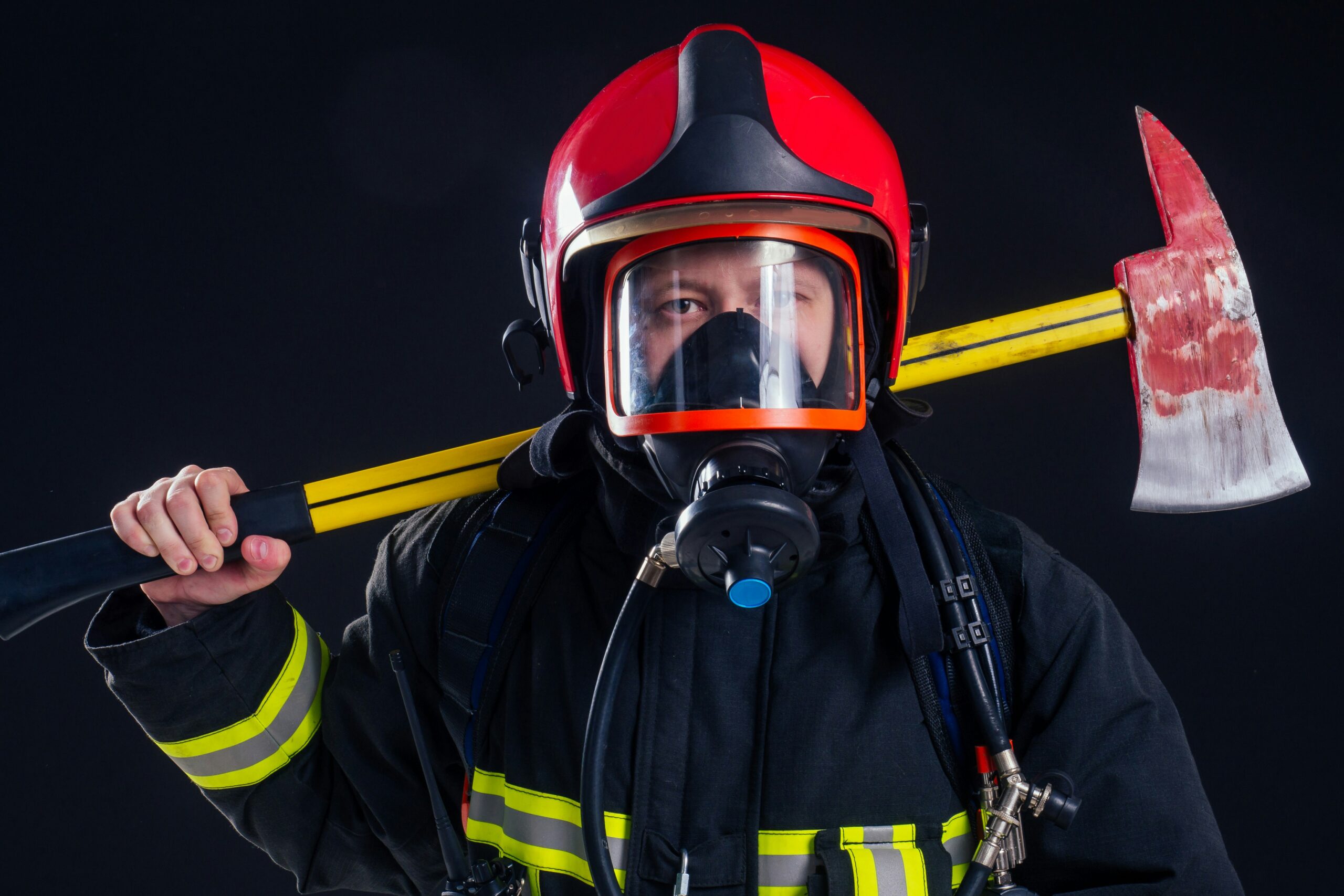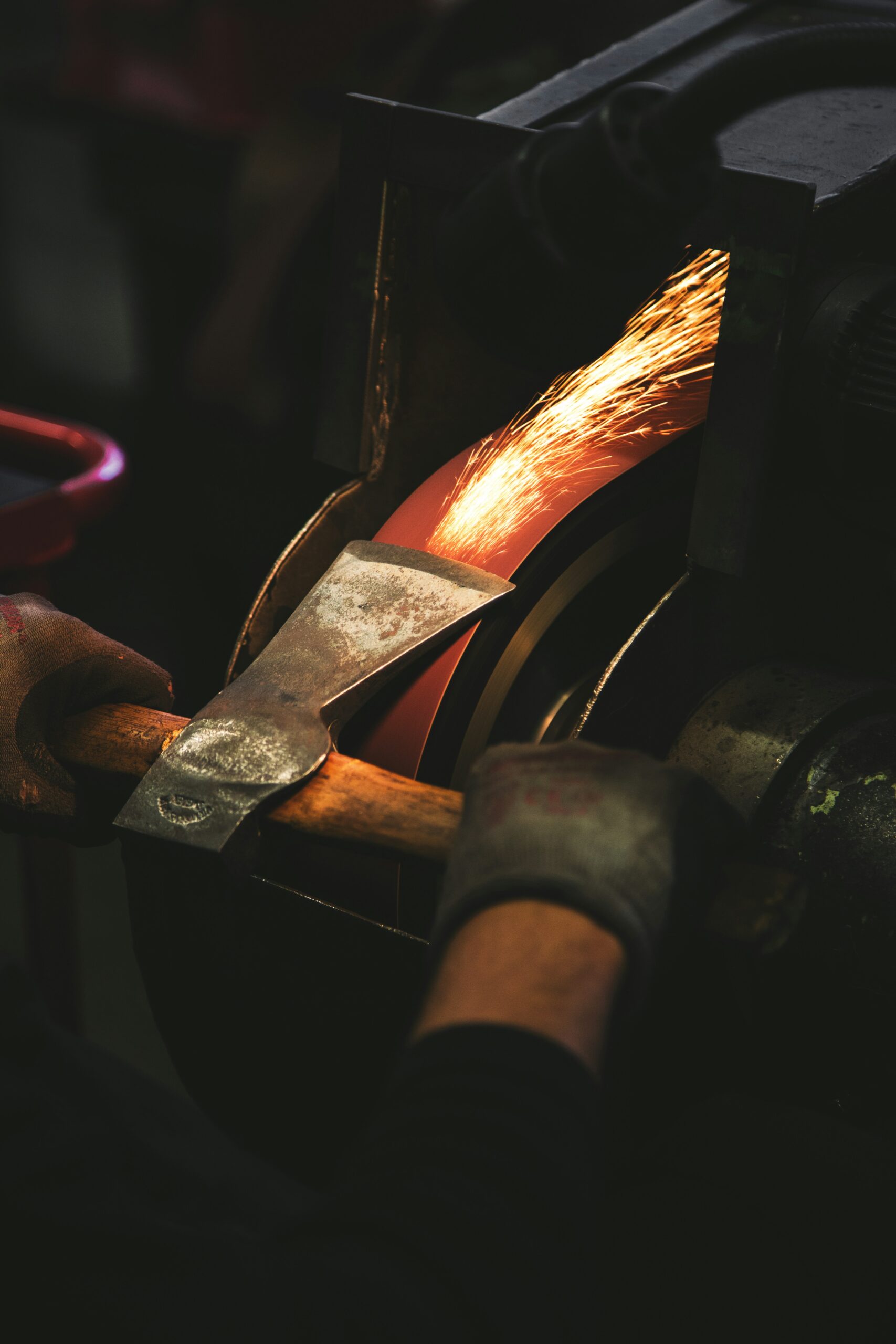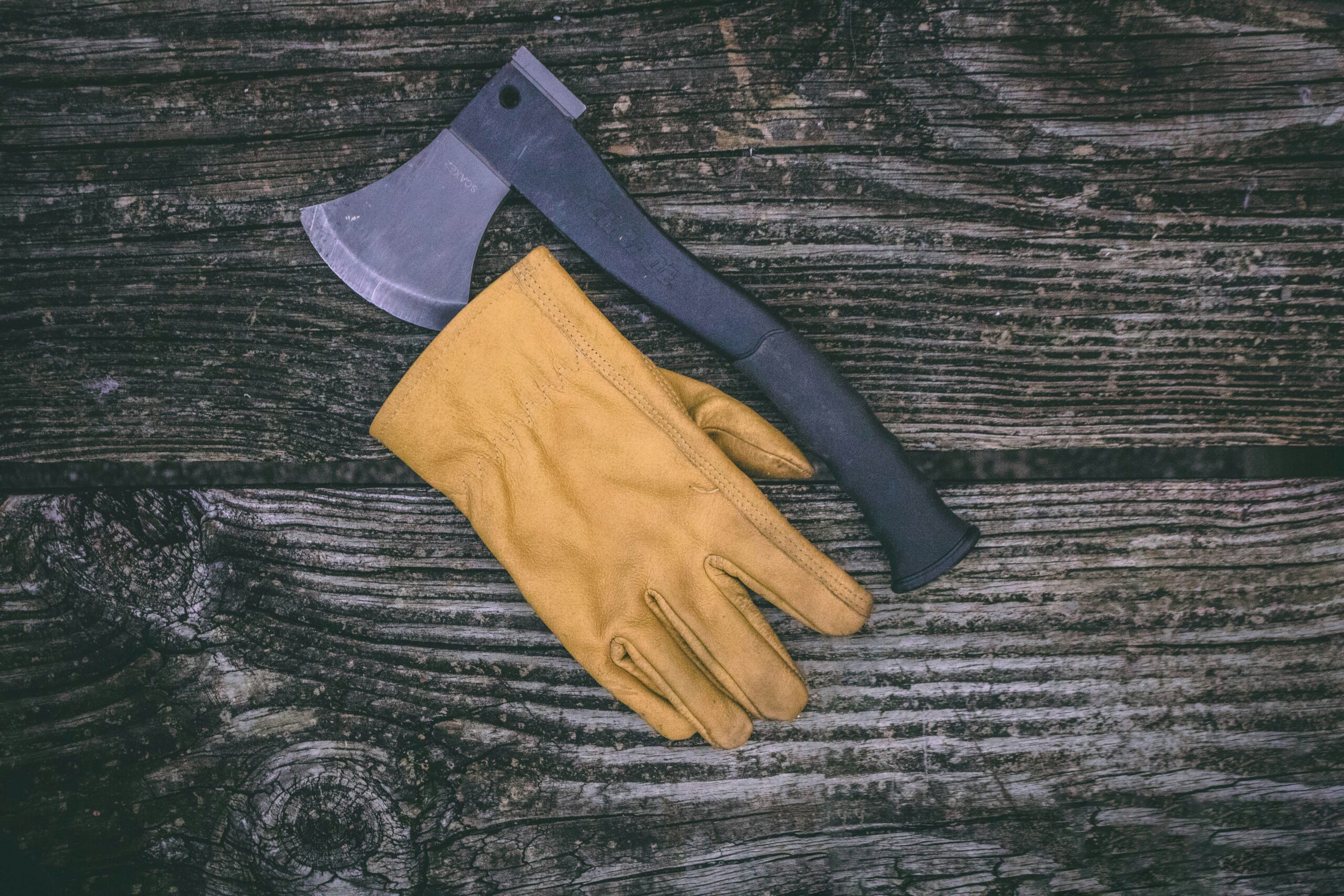Axe throwing is a fun and exciting activity, but it can also come with risks. Many might think that simply throwing a hatchet is enough, but using the right safety equipment is essential. This guide will cover the importance of safety gear, including head and eye protection, suitable clothing, and tips for maintaining your axe. By following these safety tips, readers can enjoy axe throwing while minimizing risk and ensuring a better experience. Whether you’re a beginner or a seasoned thrower, understanding the right equipment can make all the difference in staying safe.
Key Takeaways
- Proper safety gear is vital for reducing injury risks in axe-throwing
- Regular axe maintenance improves safety and throwing accuracy
- Eye protection is essential to shield against flying debris during axe throwing
- Clear throwing areas and barriers enhance safety for all participants
- Following established rules and guidelines ensures a safe and enjoyable axe-throwing experience
Understanding the Importance of Safety Gear in Axe Throwing

The risks involved in axe throwing can be significant without proper equipment. Accidents can lead to serious injuries if safety gear is not used. Using the right personal protective equipment, such as gloves and eye protection, can greatly reduce these risks. This section will explore the specific dangers of axe throwing and highlight the benefits of adequate safety gear, including tomahawks and throwing axes.
The Risks Involved Without Proper Equipment
Without proper equipment, the risk of injury during axe throwing increases significantly. Many participants, whether at a bachelorette party or a lumberjack-themed event, may underestimate the potential dangers involved in hitting a bullseye. Accidents can happen quickly, leading to serious harm that could require first aid, making safety gear crucial for everyone involved.
- Increased risks of injury when safety gear is absent
- Accidents can occur during axe-throwing activities
- Importance of first aid readiness at events
- Safety precautions for beginners to promote enjoyment
- Enhancing the overall experience with proper protection
Benefits of Using the Right Safety Gear
Using the right safety gear in axe throwing is vital for enjoying the activity while minimizing risks. Eye protection is essential to shield the eyes from flying debris, especially during parties or events where many people are present. Participants should pay attention to their gear, as proper equipment not only enhances their range of motion but also helps reduce potential liability insurance claims by preventing injuries.
Essential Head and Eye Protection

Protective eyewear is essential in axe throwing to ensure safety and minimize risks. Selecting the right eyewear can keep eyes safe from flying debris. Additionally, considering head protection options is important for further safety during the activity. This section will provide knowledge on choosing effective protective eyewear and the best headgear to enhance safety in axe throwing.
Selecting Protective Eyewear
Selecting the right protective eyewear is crucial for anyone participating in axe throwing. The best eyewear should fit snugly while providing a clear view of the target and surroundings. Opt for safety glasses that meet quality standards for impact resistance to protect against flying debris, ensuring a safer and more enjoyable throwing experience.
- Choose safety glasses that fit well and provide clear visibility.
- Look for eyewear that meets safety standards for impact resistance.
- Consider anti-fog and scratch-resistant coatings for better performance.
Considering Head Protection Options
When considering head protection for axe throwing, various options can enhance safety. Participants can choose from helmets designed for impact resistance or even padded caps to shield against accidental bumps. Selecting the right headgear not only protects against injury but also boosts confidence while throwing, as everyone can focus on hitting their target safely:
Protective Clothing for Axe Throwing Sessions

Wearing the right protective clothing is key for safety during axe-throwing sessions. This includes choosing appropriate upper body attire to protect against cuts. Gloves help with grip and enhance safety while throwing. Additionally, selecting the right footwear ensures stability and support in the throwing area. Each of these elements is crucial for a secure and enjoyable experience.
Wearing Appropriate Upper Body Attire
Wearing appropriate upper-body attire is essential for safety during axe-throwing sessions. Long-sleeved shirts made from sturdy materials can protect against cuts and scrapes from the axe or surroundings. Choosing clothing that allows for easy movement helps participants feel comfortable and focused while aiming at their target.
Utilizing Gloves for Grip and Safety
Utilizing gloves during axe-throwing sessions is crucial for both grip and safety. These gloves provide a better hold on the axe, helping participants throw accurately without worrying about the tool slipping from their hands. Additionally, wearing gloves can protect against cuts and blisters that may arise from handling the axe, making the overall experience more enjoyable and secure for everyone involved.
Choosing the Right Footwear for Stability
Choosing the right footwear is crucial for stability during axe throwing. Proper shoes provide a good grip and support, which helps prevent slips while throwing. Participants should opt for closed-toe shoes with non-slip soles to ensure safety and enhance their performance on the throwing line:
Selecting and Maintaining Your Axe Safely

Choosing the right axe for one’s skill level is vital for a safe axe-throwing experience. Beginners should ideally start with lighter axes to enhance control and accuracy. Regular maintenance is also essential to ensure that axes remain safe to use, preventing accidents caused by damage or wear. This section will cover identifying an appropriate axe and the steps for proper maintenance.
Identifying the Right Axe for Your Skill Level
Choosing the right axe is crucial for anyone interested in axe throwing. Beginners should start with lighter axes, around 1.5 to 2 pounds, to improve their control and accuracy when throwing. As they gain experience, they can gradually move to heavier axes, enhancing their throwing technique and overall performance while ensuring safety throughout the activity.
Regular Maintenance to Ensure Safe Use
Regular maintenance of an axe is essential for ensuring safe use during axe throwing. Keeping the axe head sharp and rust-free can prevent accidents and improve throwing accuracy. Inspecting the handle for cracks or splinters is equally important, as a damaged handle can lead to losing control when throwing. Regular check-ups and proper care can enhance both safety and performance in axe throwing:
Creating a Safe Axe-Throwing Environment

Creating a safe, axe-throwing environment involves several key aspects. Setting up the throwing area correctly ensures that participants can throw safely without hazards nearby. Additionally, maintaining safe distances between participants helps prevent accidents. Lastly, implementing backstops and barriers protects everyone from stray axes and enhances overall safety during the activity. Each of these elements is vital for an enjoyable experience.
Setting Up the Throwing Area Correctly
To create a safe axe-throwing environment, setting up the throwing area correctly is essential. The throwing lane should be clear of any obstacles, ensuring that participants have enough space to throw without anything in their way. Additionally, making sure there are proper backstops and barriers helps to catch stray axes, adding another safety layer for everyone involved:
Ensuring Safe Distances Between Participants
Ensuring safe distances between participants in axe throwing prevents accidents and injuries. It is recommended to maintain at least 10 to 12 feet between each throwing lane. This distance allows individuals enough space to throw safely without the risk of their axes colliding, which is essential for a safe and enjoyable axe-throwing experience.
Importance of Backstops and Barriers
Backstops and barriers are crucial in creating a safe, axe-throwing environment. They prevent stray axes from causing injuries to bystanders and other participants, ensuring everyone remains secure while enjoying the activity. A well-designed setup with these protective elements helps reassure participants, allowing them to focus on their game rather than worrying about safety concerns:
Conclusion
Understanding the importance of essential safety gear in axe throwing is vital for a secure and enjoyable experience. Participants must prioritize protective eyewear, headgear, and appropriate clothing to minimize injury risks. Regular axe maintenance and a well-set-up throwing environment also contribute significantly to safety. By following these guidelines; individuals can engage in axe throwing confidently, ensuring a fun and safe activity for everyone involved.

